<--- Back to Details
| First Page | Document Content | |
|---|---|---|
 Date: 2005-10-14 00:46:37Water Time series analysis Land management Environmental chemistry Environmental soil science Correlogram Soil Lag Surface runoff Earth Environment Hydrology |
Add to Reading List |
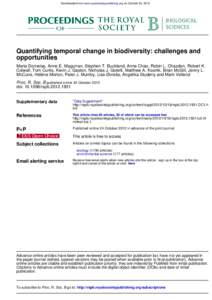 | doi:rspbDocID: 1n34M - View Document |
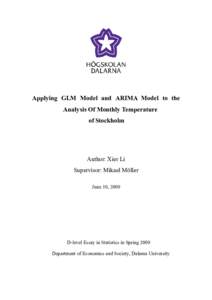 | Applying GLM Model and ARIMA Model to the Analysis Of Monthly Temperature of Stockholm Author: Xier Li Supervisor: Mikael MöllerDocID: 1gE4N - View Document |
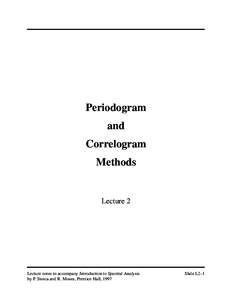 | Periodogram and Correlogram Methods Lecture 2DocID: 1f1jr - View Document |
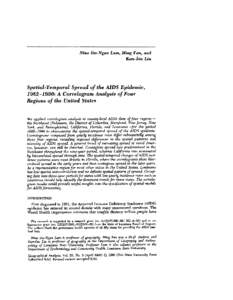 | Nina Siu-Ngan Lam, Ming Fan, and Kam-biu Liu Spatial- Temporal Spread of the AIDS Epidemic, : A Correlogram Analysis of Four Regions of the United StatesDocID: 1cMfz - View Document |
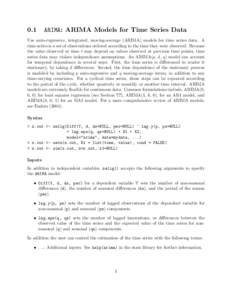 | 0.1 ARIMA: ARIMA Models for Time Series Data Use auto-regressive, integrated, moving-average (ARIMA) models for time series data. A time series is a set of observations ordered according to the time they were observed.DocID: 1aR6o - View Document |
 A user guide to CORLAG and CORDUMP software for antecedent and lag correlation analysis of WaVES hydrology outputs Peter R. Briggs Technical Report[removed])
A user guide to CORLAG and CORDUMP software for antecedent and lag correlation analysis of WaVES hydrology outputs Peter R. Briggs Technical Report[removed])